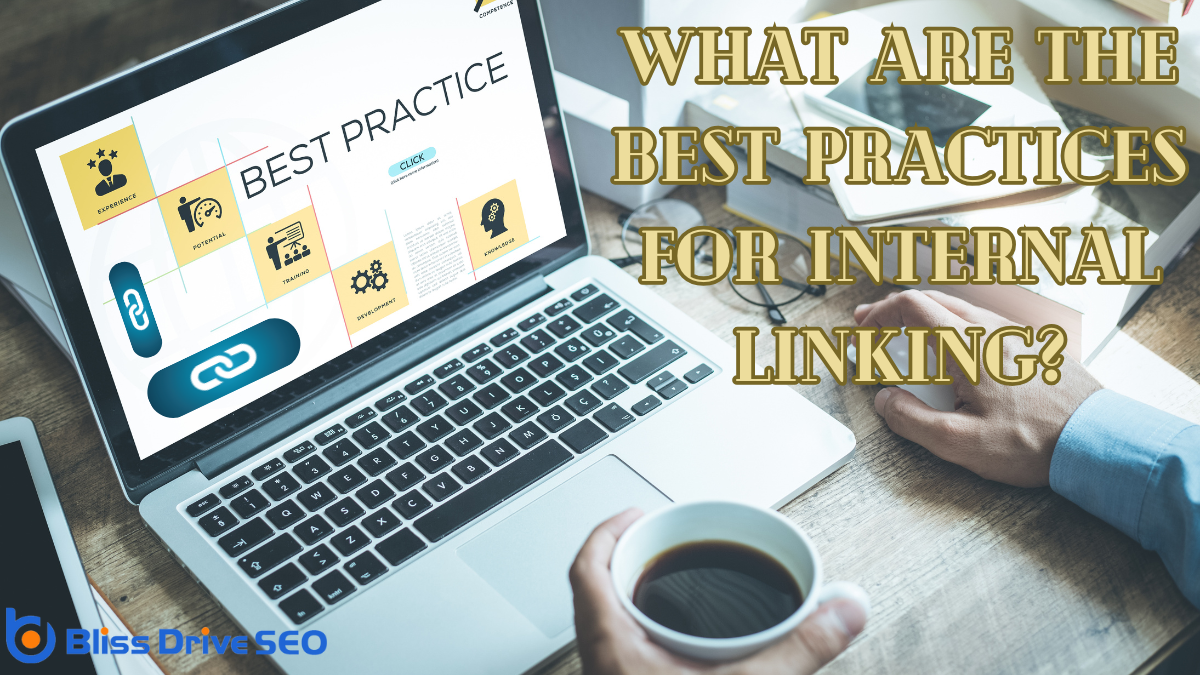Digital Marketing Services
Learn More About Us

When you think about internal linkingLinks that connect different pages on the same website., it's not just about connecting pages; it's about crafting a seamless journey for your users. You should focus on creating a logical site structure and choose clear, descriptive anchor textThe clickable text in a hyperlink, important for SEO as it provides context for the linked page.. Striking a balance between the number and quality of links is key, while regular audits guarantee they're still relevant and functional. Wondering how these practices can transform your website's user experience and SEO? Let's explore further.
Although often overlooked, understanding the importance of internal linking is essential for optimizing your website's structure and user experience. By connecting related content, you help search engines crawl your site more efficiently. This will boost your site's visibility in search results.
Internal links also guide users to discover more of your content, increasing their time spent on your site and reducing bounce rates. You build a web of connections that supports user navigation and establishes a hierarchy of information.
Links can distribute page authority, enhancing your site's credibility. When you strategically place links, you create pathways that leadA potential customer referred by an affiliate who has shown interest in the product or service but h... visitors through their journey, making it easier for them to find what they need.

To create a logical site structure, start by envisioning how users will navigate your website. Think about the most intuitive paths they might take. Group related content together and arrange it in a hierarchy that makes sense.
For instance, main categories should lead to subcategories and specific content pages. Use a simple, consistent navigation menu as a guide, allowing visitors to easily find what they're looking for.
Ensure that every page is reachable within a few clicks from the homepage. This structure not only improves user experience but also helps search engines understand your site.
Regularly audit and update your structure as content grows or changes. By focusing on logical organization, you're setting a strong foundation for effective internal linking.
Once your site's structure is logical and user-friendly, directing visitors becomes a matter of choosing the right anchor text.
Anchor text should clearly describe the linked content, allowing users and search engines to understand its relevance.
Avoid generic phrases like "click here" or "read more." Instead, use descriptive and keyword-rich text that informs visitors about the linked page's topic.
When creating an internal linking strategy, striking the right balance between link quantity and quality is essential.
Too many links can overwhelm users and dilute the value of each, while too few might miss opportunities to guide readers effectively through your content.
Focus on including links that add genuine value and relevance to the topic at hand.
Prioritize quality by ensuring each link directs users to insightful, related content that enhances their understanding.
Don't just link for the sake of it; each connection should have a purpose.
Keep your audience's needs in mind and aim for a seamless, intuitive navigation experience.

While maintaining a balance between link quantity and quality, it's also important to routinely audit and update your internal links. Doing so guarantees your website's navigation remains user-friendly and effective.
Start by regularly reviewing your site's content for outdated or broken links, which can disrupt user experience and hurt SEO. Use tools like Google Search ConsoleA tool by Google that helps monitor and maintain your site's presence in search results. to identify issues, making it easier to fix or replace links.
Stay proactive by updating links when new content is added. This practice keeps your site relevant and interconnected. Also, assess the anchor text, making sure it's descriptive and useful.
Incorporating best practices for internal linking is essential for enhancing user experience and improving your site's SEO. By creating a logical site structure and choosing clear anchor text, you'll guide visitors smoothly through your content. It's vital to balance the number and quality of links, ensuring they add real value. Don't forget to regularly audit and update your links to keep everything relevant and functional. This ongoing effort will make your site more engaging and accessible for users.
